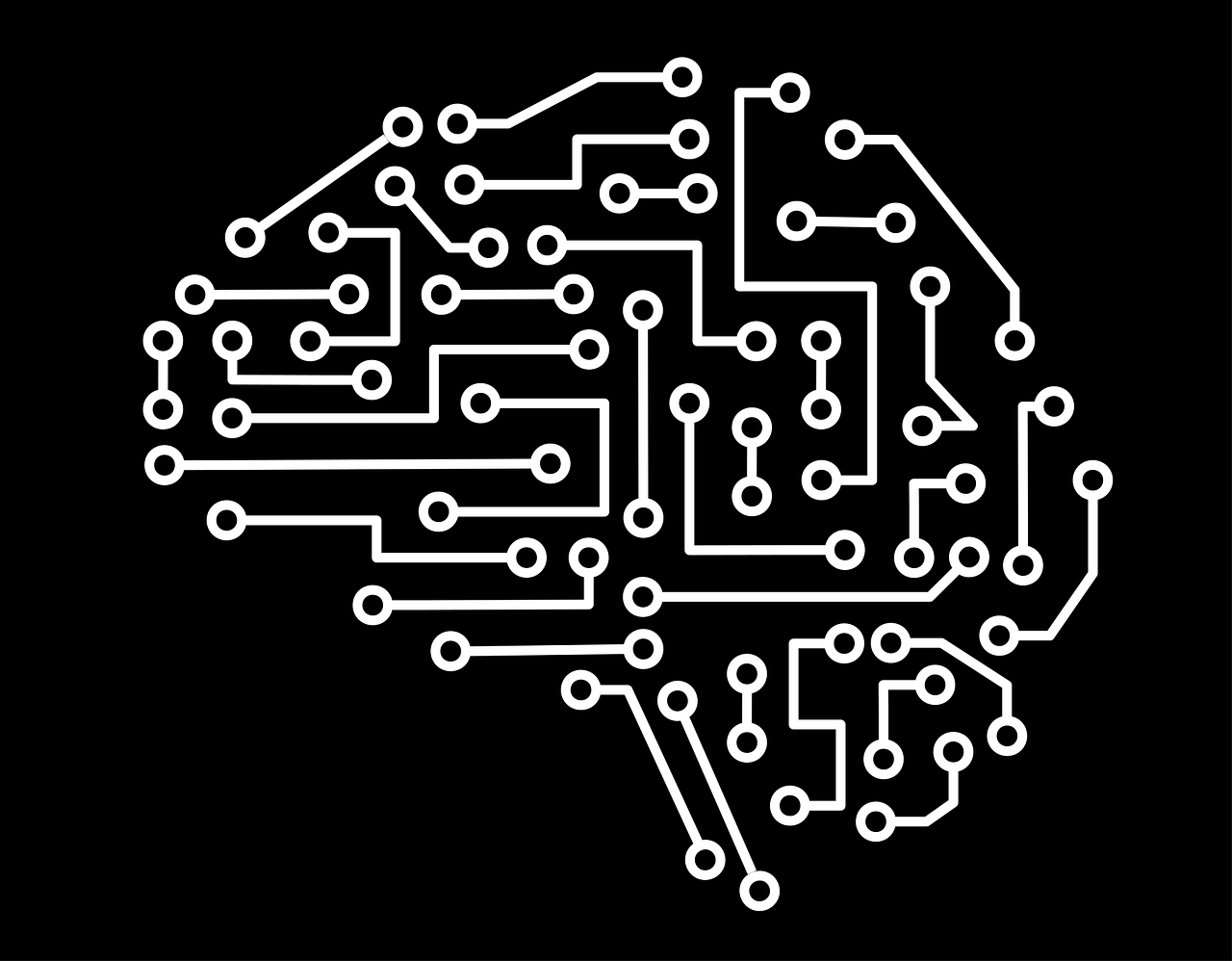Paralyzed man has sense of touch restored by brain-machine interface
This is the first BMI to restore movement and touch simultaneously
Ten years ago, while on vacation in North Carolina, Ian Burkhart broke his neck in a diving accident. The diagnosis was as life-changing as the injury: a complete spinal cord injury in the cervical spine. An injury of this nature often results in paraplegia. Burkhart might regain some movement and sensation in his shoulders and upper arm, doctors said. But the chances of ever moving his hands again were slim.
Burkhart made headlines in 2016 when Nature declared him the first paralyzed person to be “reanimated.” Researchers at Battelle Memorial Institute and the Wexner Medical Center at Ohio State University were able to use a brain-machine interface (BMI) to partially restore Burkhart's ability to move his own hand. A BMI implant in Burkhart’s motor cortex scans for motor intentions associated with hand movements. It relays this information to a computer, which sends a signal to an electrical stimulation sleeve on his arm that evokes muscular contractions operating the hand. The setup effectively bypasses Burkhart’s severed spinal cord, restoring the connection between his brain and the muscles in his forearm that control his hand.
In a recent article published in Cell, the team at Battelle and Wexner announced that they have now partially restored Burkhart’s sense of touch. The breakthrough depended on crucial theoretical insight and a bit of creative problem solving.

A BMI implant in Burkhart’s motor cortex scans for motor intentions associated with hand movements
Unsplash
Restoring Burkhart’s ability to control his own hand was a landmark in the history of neuroscience. But it was only one step towards restoring anything like full functionality. Burkhart's range of motion remains limited and imprecise. Part of the challenge was that though the original iteration partially restored Burkhart’s motor ability (the brain-to-body signal), it did not restore his somatosensory system (the body-to-brain signal).
Burkhart was learning to reach and grasp, but he could not touch or feel. And without the hand-to-brain sensory feedback, motor ability is remarkably hard to control. We rely on somatosensory feedback to regulate and fine-tune motor activity. When you grab an object, for example, the brain monitors somatosensory feedback from the body to adjust and correct the outgoing motor signal: a gentle grip for holding an egg, a firmer one for holding a dumbbell. Without this sensory feedback, it is very difficult to optimize grip intensity, resulting in crushed eggs and dropped dumbbells. Even with partially restored motor ability in his hand, Burkhart struggled to control grip intensity. And the absence of sensory feedback left him feeling alienated from his own hand, as though he were moving someone else’s body rather than his own.
A great deal has changed in neuroscience since Burkhart's injury, in part owing to tremendous advances in BMI technology. BMI devices work by scanning brain activity through devices installed inside the brain, on the surface of the brain, or on the outside of the skull. Computer algorithms then interpret the information from the brain and translate it into a decipherable output. A BMI’s primary clinical application is to replace or restore functionality to patients suffering from a variety of neuromuscular disorders. BMI allows immobilized patients to move a cursor on a computer desktop just by thinking about where they want the cursor to go. Others have been able to move robotic limbs. And thought-to-text BMI translates thoughts directly into digital text.
Scientists are increasingly recognizing that many clinically “complete” spinal cord injuries turn out to not be quite so complete as was once thought. In many cases, a residual connection between body and brain remains. This means that even though Burkhart is not consciously aware of any somatosensory feedback coming from his extremities, his brain might still be receiving some information. “Just because [Burkhart] can’t feel it doesn’t mean there isn’t any signal,” says Sam Colachis, one of the researchers on the Wexner-Battelle team working with Burkhart.
“There’s this notion of a complete injury. But it’s unlikely that the spinal cord is going to be completely severed. You still get those residual fibers," says Colachis. "We were surprised when we actually realized that there was some activity we could record. That was a cool finding, and we thought, 'That makes sense. It’s sub-perceptual, and maybe there’s a bit of activity there. How do we translate that to something that could actually help [Burkhart]?'”
The researchers were able to train an algorithm to discern the sensory feedback signal in Burkhart's brain amid the noise of everything else going on in the motor cortex. Because of the spinal cord injury, this signal was weak, and Burkhart had no conscious awareness of it. “We came up with the scheme of taking the data we record when he touches something and feeding it back into a haptic motor and putting it on a region up in the bicep where he can feel,” Colachis says. A haptic motor is a simple vibratory device, like your phone uses on the vibrate setting. The device buzzes on Burkhart’s arm when his hand touches something. “We’re taking subperceptual information and boosting it to something that’s perceptual, that he can feel.”
This perceptual somatosensory feedback allows Burkhart to modulate his grip much more accurately for different task demands, even when blindfolded. This is the first BMI to restore movement and touch simultaneously.
The steps Burkhart has taken with the help of a BMI and the Wexner and Battelle researchers in the past decade are remarkable. But there is still a long way to go before we have functional BMI technologies that people like Burkhart can use for everyday purposes. Right now, the BMI setup requires a desktop computer to run its algorithm, so Burkhart can only use it in the lab. Further, it requires a recalibration session every time Burkhart plugs into the system again. From an applied perspective, the next step is for researchers to reduce calibration time and develop more portable technologies that users can take home.
The 2010s were an astonishing decade for BMI. What do the 2020s have in store? And when will we start seeing BMI technologies meant not only to restore lost function for patients with neuromuscular conditions, but that enhance function and cognition for the general population? Colachis, for one, is not in a rush to get his own BMI implanted. “I don’t think people are going to willingly want to put things in their brains for at least a while,” he says. “If they can get to a non-invasive approach, then yes, totally, but I think we’re a ways away. EEG technology is nowhere near where it needs to be to have something that people like you and I are going to want to use in our day-to-day. But there’s a lot of traction that might speed it up over the next decade.”




Thank you for this piece! It’s amazingly written. The critical point I think some may want to walk away with this is that somatosensation was not restored in the true sense. Instead, the somatosensory feedback was gathered, amplified, and presented to Burkhart in a non-traditional way, as a vibratory signal on his arm. Of course, then the reader might want to know how this happens naturally: somatosensation directly modifies subsequent outgoing motor signals coming down from the brain. Now, Burkhart has to deliberately control what is arguably (in some cases) partially subconscious. Perhaps, this kind of artificial feedback could have even been made into a visual signal that Burkhart could have been trained on.
What is more difficult, some readers might want to know, is tracing out and exclusively targeting the biological feedback circuits involved in somatosensory input to the motor cortex and artificially exciting what is already there, as hinted at the end of the piece.